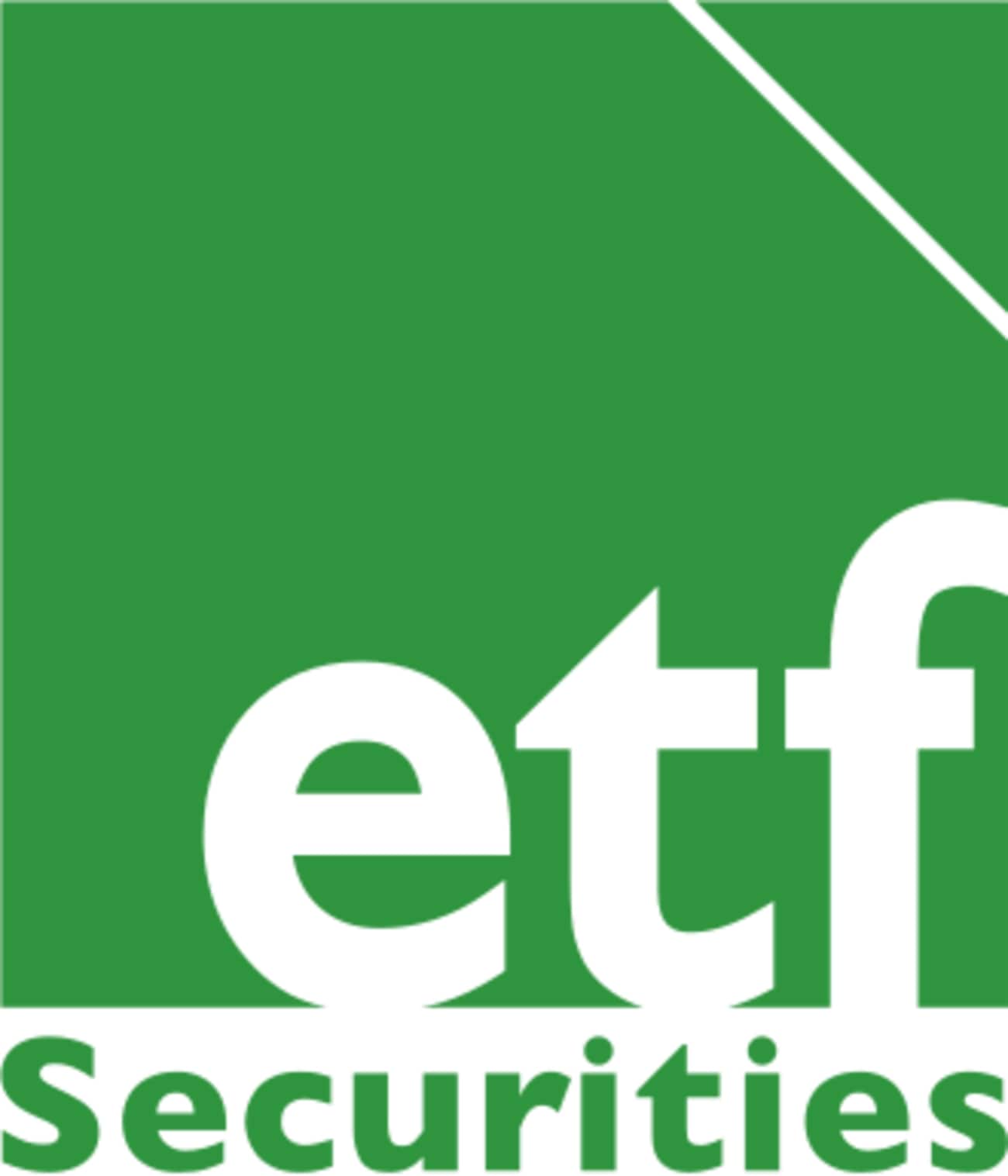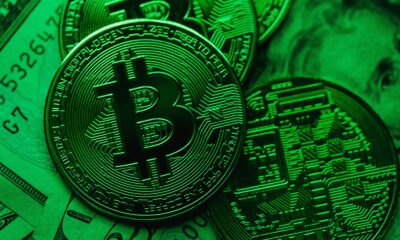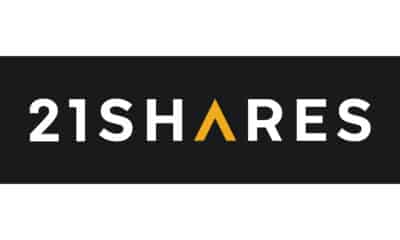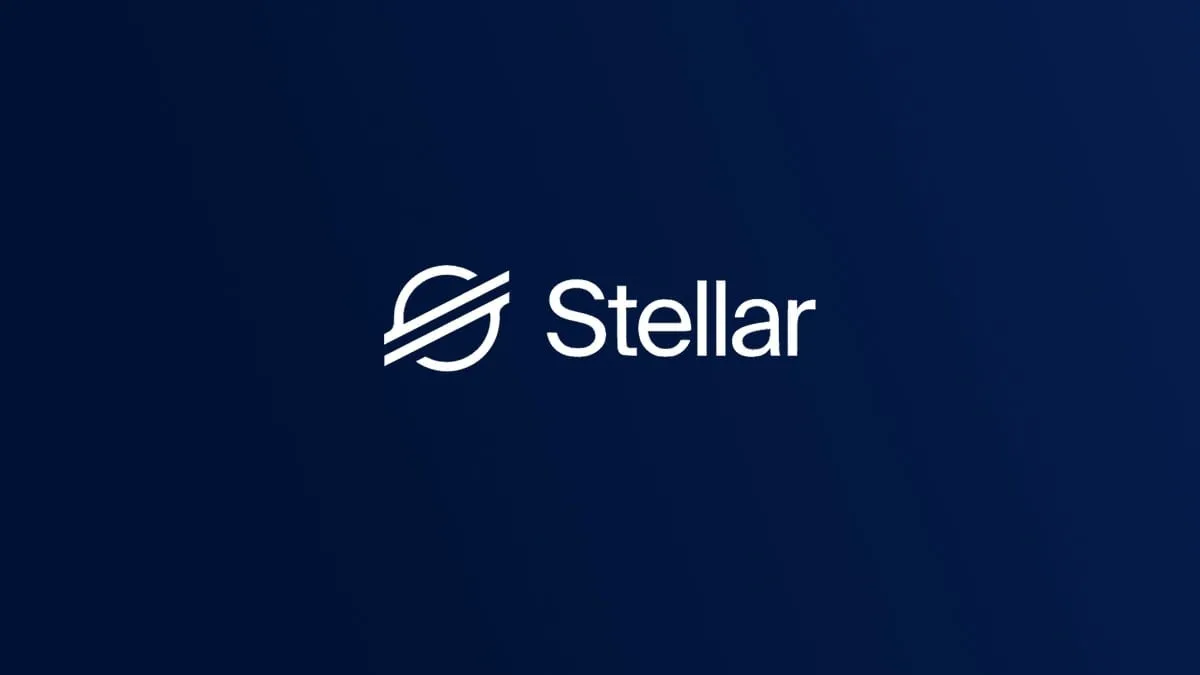Oil and gold prices have risen 2.2% and 0.85%, respectively, in the past three days as a result of developments in Saudi Arabia and Donald Trump’s meeting in Asia. Unless geopolitical risks remain elevated, we expect the prices of both commodities to ease. Political premium provides temporary support for gold and oil
The Crown Prince of Saudi Arabia, Mohammed bin Salman, in his drive to modernise the Saudi economy, has taken aim at corruption in the country. With many of the economic and political elite having been caught up in the investigation, there is a risk that the fragile consensus that held the Saudi state together for many decades could unravel.
Saudi Arabia has accused Iran of committing acts of war for supplying the missile that Yemen used in an attempted attack on Saudi Arabia’s airport over the weekend. Saudi Arabia initiated a military intervention in Yemen in 2015 that has been seen as a ‘proxy war’ with Iran given the latter country’s support for rebel Houthis that had toppled Yemen’s former government. On Monday Saudi Arabia also labelled the acts of aggression by the Iran-backed Lebanese Shi’ite group Hezbollah as a declaration of war. These accusations of acts of war have increased the discord in the region, in what some people believe will be the precursor to an actual war between two leading oil producing countries.
Internal and external conflicts in Saudi Arabia
The market perceives both the internal and external conflicts in Saudi Arabia as a source of disruption in oil production. Indeed even if there is no physical disruption to production in the immediate future, the deterrent to international investors providing the capital needed to expand production, could also tighten supplies in the distant future.
Gold has also risen in the wake of increasing geopolitical tension in the Middle East. In addition, US President Trump’s comments during his trip to Asia has stoked concerns about a military confrontation with North Korea. The sabre-rattling that looked like it had calmed down over the past month is resurging. President Trump is expected to place pressure on President Xi in his visit to China today to cut ties with the rogue nuclear state.
We believe that the geopolitical premium priced into gold and oil is likely to be transient unless a war actually breaks out. Based on experiences over the past year, unless risks are crystallised, the geopolitical premium will fade away. On numerous occasions in the past year, sabre-rattling between the US and North Korea has become heated and then calmed down (but the underlying risk of a miscalculation between the two nuclear states has never diminished). The Saudi proxy war with Iran has been raging for over two years, with little reflection in the price of oil until recently. Unless investors are constantly reminded of the risks, the premia tends to evaporate within a matter of weeks.
Nitesh Shah, Research Analyst at ETF Securities
Nitesh is a Commodities Strategist at ETF Securities. Nitesh has 13 years of experience as an economist and strategist, covering a wide range of markets and asset classes. Prior to joining ETF Securities, Nitesh was an economist covering the European structured finance markets at Moody’s Investors Service and was a member of Moody’s global macroeconomics team. Before that he was an economist at the Pension Protection Fund and an equity strategist at Decision Economics. He started his career at HSBC Investment Bank. Nitesh holds a Bachelor of Science in Economics from the London School of Economics and a Master of Arts in International Economics and Finance from Brandeis University (USA).
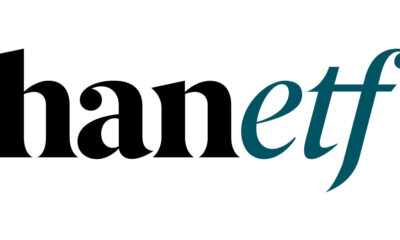
 Nyheter4 veckor sedan
Nyheter4 veckor sedan
 Nyheter4 veckor sedan
Nyheter4 veckor sedan
 Nyheter3 veckor sedan
Nyheter3 veckor sedan
 Nyheter4 veckor sedan
Nyheter4 veckor sedan
 Nyheter3 veckor sedan
Nyheter3 veckor sedan
 Nyheter3 veckor sedan
Nyheter3 veckor sedan
 Nyheter4 veckor sedan
Nyheter4 veckor sedan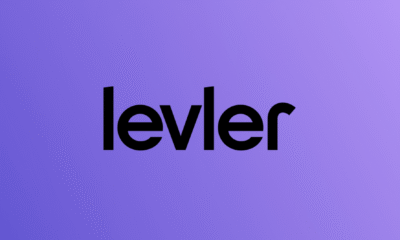
 Nyheter1 vecka sedan
Nyheter1 vecka sedan
